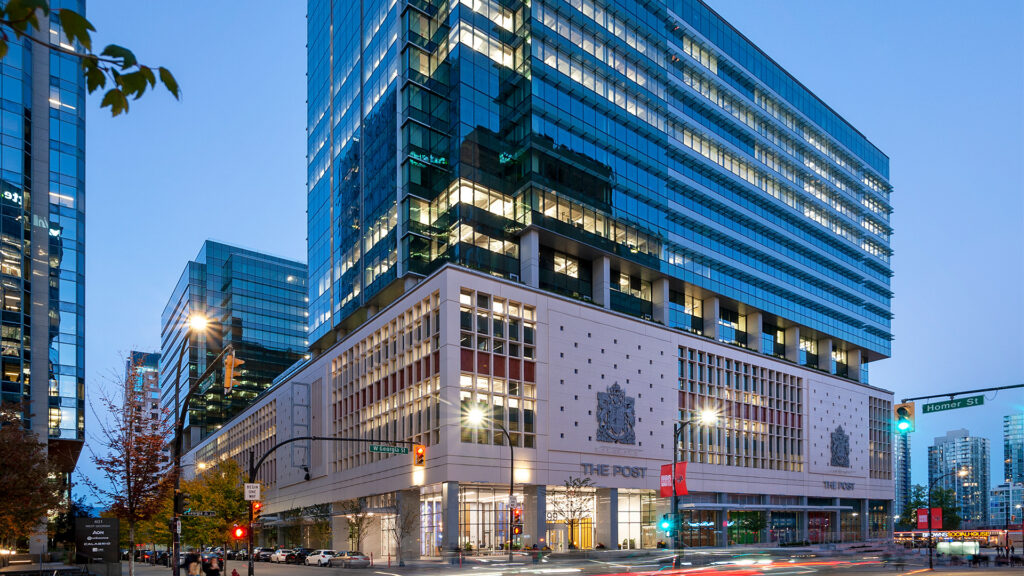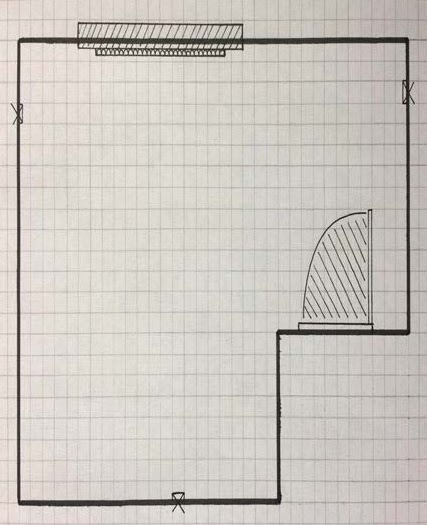——- WHO WE ARE
The flexibility to mobilize the right people to deliver unique solutions, an unwavering focus to delivering value to your business bottom line; and the capability to leverage innovation to meet emerging challenges and keep you at the fore
As a company that is 100 percent employee-owned, we collaborate and innovate to help our partners thrive. Our culture of ownership drives your success
Whether you are in the buildings, civil, or industrial market, partnering with PCL means you’re gaining a proven, reliable and trusted full-service partner with a mobile network of more than 5,200 employees, experts and seasoned professionals across Canada, the United States, Australia and the Caribbean.
From advanced digital construction technologies to innovative offsite modular manufacturing, to the cutting edge of sustainable
construction, we lead the industry as we have for more than 100 years.
We leverage the expertise from this vast experience to help our clients and partners build lasting legacies.
No matter where or what you want to build, we mobilize the right resources and experts to drive value and realize your construction project goals Building Material . From coast to coast in communities across the country, if you’re ready, we’re ready.

Aqaba network of construction professionals rise to the challenges associated with a diverse buildings portfolio, bringing added value to every educational, institutional, residential and commercial construction project. Aqaba offers substantial construction experience, competitive pricing, financial strength, integrity and a commitment to your project that is supported by a foundation of quality and workplace safety.
The first thing to think about when planning a redesign of a room is the color palette. Look through a paint color chart, or through the paint selection on a DIY website to browse your options. Look at wallpapers or feature colors first if you’re wanting to include them in the decor, and then pick accompanying colors afterwards. If your wallpaper or feature color is bright or has a bold pattern pick a softer, lighter color to accompany it. This will help that feature color or wallpaper ‘pop’.
Note: A ‘Feature wall’ is the perfect way to add impact to a room using patterns, textures and bright color, without making it overpowering. Your feature wall should draw the eye, and works best if used on a wall that has a distinguishing structural feature (like a fireplace), is the largest/immediate wall as you enter the room, or is the wall which distinguishing furniture pieces will be placed against. Patterns don’t have to be matching in order to be balanced. If the colors compliment each other then you can make use of several different patterns in your room. If you’re using patterned soft furnishings, such as cushions, it may look more balanced if the furniture itself is a plain, soft color (and vice versa).
Different materials or textures also play a part in how everything ties together. This could be anything from the types of woods used, to the soft furnishings and even whether you decide on carpet, tile, laminate or using rugs as floor coverings.
Note: Always be sure to keep in mind the practical aspects of the materials that you choose. Long-pile carpet or rugs will need extra care, whereas wood floors are easier to clean, and textures such as velvet and suede need extra attention to upkeep.
Upcycling and RepuRposing
Upcycling is the process of transforming waste, useless or unwanted objects into new, useful products that save money and are of environmental value.
There are hundreds, if not thousands, of tips, tricks and how-to’s online to help you turn just about any unwanted object into something of use, but the main point of upcycling is to use what waste material you have to hand.
Everyday waste items such as tin cans, jars and scrap wood can be made into a variety of quirky items. Use a quick online search, or check out Pinterest for ideas on what projects to use your waste on.
Upcycle, revamp and repaint furniture instead of buying new pieces, or make your own ‘new’ furniture pieces using wooden pallets, barrels or large spools.
Design BoaRds
A design board is a collection of images, swatches and samples that help you to decide on the aesthetic design of your interior space. They may contain colours, wallpaper samples, furniture or images which all relate to the style that you want the space to evoke.
Design boards are about experimentation in order to reach conclusions. Place colour samples side by side to see how they compliment each other before you make more permanent decisions, and look through stores online to decide on what sort of furniture will compliment the space (if any is needed).
Shopping ARound
When you are choosing furniture pieces, decorative items, paint and wallpapers, it is useful to shop around for the best bargains for your budget. Your design board may contain items with a certain aesthetic, of certain colours, or made from particular materials, but you should always search wider to see if you can find the same or very similar item for a better price or with better quality (never neglect the customer reviews!).
Your design boards are there for you to experiment and choose stylings and colours, and so they can be used to narrow down your choices when shopping and stick to the right aesthetic. It is very easy to simply buy up anything that takes your fancy on the shelf of a store, so having a plan or style guide helps to keep you on track and only buy what you need/want.
ExeRcise: Design BoaRds
Create a design board for your chosen room.
You can do this either on a plain piece of paper, a wall, a Word document or PowerPoint, Google Slides, Photoshop, online pinboard app or any other means that allows you to paste in images to a blank space.
You could populate your board with images from downloads, screenshots or print.
Remember to experiment and swap out items or colors if they’re not working. Your design board should contain your final choices on style, color and decor.
Example: Design BoaRd
